Beginning Sunday, September 4, 2010, arttextstyle.wordpress.com will feature a series of weekly guest posts by Kim Schuefften. Schuefften has lived in Japan since 1963. A former editor at Kodansha International, he worked on some 100 books there including:

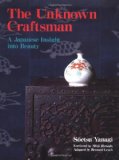
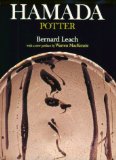











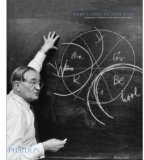
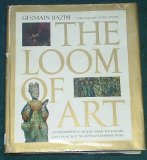
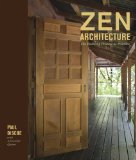


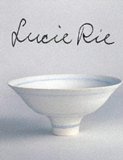
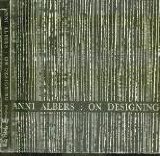





Sneak Peek 10th Wave III Catalog: Essay by Akiko Busch
Writer Akiko Busch has drafted an essay for the catalog 10th Wave III: Art Textiles and Fiber Sculpture, which is being printed this week. Busch is the author of The Uncommon Life of Common Objects (Metropolis Books), Geography of Home: Writings on Where We Live (Princeton Architectural Press) and, most recently, Nine Ways to Cross a River: Midstream Reflections on Swimming and Getting There from Here (Bloomsbury). A former writer for Metropolis Magazine, Busch writes about culture and design for a variety of publications. She is a regular contributor to the Considerings column in American Craft Magazine. About the work in the 10th Wave III, Busch writes,
The 164-page color catalogs can be ordered from http://www.browngrotta.com/Pages/catalog.34.html beginning October 30, 2009.